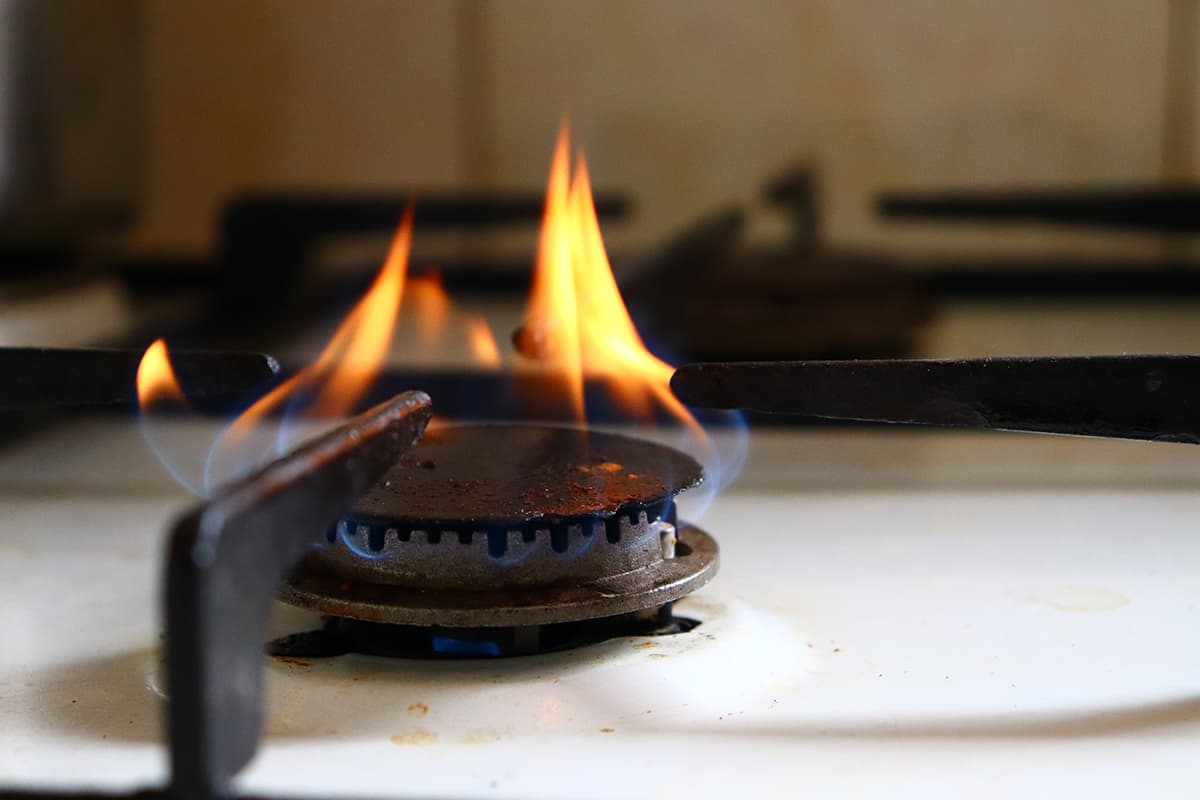

Articles
Why Is My Stove Top Flame Orange
Modified: December 7, 2023
Discover why your stove top flame is orange and learn how to fix it with our informative articles.
(Many of the links in this article redirect to a specific reviewed product. Your purchase of these products through affiliate links helps to generate commission for Storables.com, at no extra cost. Learn more)
Introduction
When it comes to cooking on a stove top, a blue flame is what we usually expect to see. However, there may be instances where you notice that your stove top flame is turning orange. This sudden change in color can be a cause for concern and may leave you wondering why it is happening.
Understanding the reasons behind an orange flame on your stove top is essential not only to ensure proper cooking but also for your safety. In this article, we will explore the possible causes of an orange flame and provide some troubleshooting steps to help you resolve the issue.
So, if you find yourself asking, “Why is my stove top flame orange?” keep reading as we delve into the factors that can contribute to this phenomenon.
Key Takeaways:
- An orange flame on your stove top indicates incomplete combustion, which can be caused by factors such as insufficient air supply, dirty burners, or gas leaks. Regular maintenance and safety precautions are crucial for a safe cooking environment.
- Troubleshooting steps for an orange flame include checking gas supply, cleaning the stove top, inspecting gas connections, and adjusting air vents. Prioritize safety and seek professional assistance if needed to ensure a safe and efficient cooking experience.
Read more: Why Is Part Of My Stove Burners Orange
Understanding the Stove Top Flame
Before we dive into the causes for an orange flame on your stove top, let’s first understand the nature of a typical stove top flame. Normally, a gas stove produces a blue flame when properly ignited. This blue color indicates that the combustion process is efficient and complete.
The blue flame is the result of the gas, whether natural gas or propane, mixing with the right amount of oxygen during combustion. This balanced mixture produces a clean and hot flame, which is ideal for cooking. The blue color is a result of the complete combustion of the gas, emitting a high energy output.
An orange flame, on the other hand, indicates an incomplete combustion process. This means that there is either too little oxygen or too much fuel in the flame. The incomplete combustion of the gas produces a lower energy output, which can affect the heat distribution and cooking efficiency of your stove top.
While an orange flame isn’t necessarily dangerous in itself, it can potentially signal underlying issues with your stove top that should be addressed to ensure safe and efficient operation.
Now that we have a basic understanding of the normal blue flame and what an orange flame signifies, let’s explore some possible causes for this color change in your stove top flame.
Possible Causes of Orange Flame
An orange flame on your stove top can be caused by various factors. Let’s take a look at some of the most common culprits:
- Insufficient Air Supply: One of the main reasons for an orange flame is the lack of sufficient air supply to the burners. When there is not enough oxygen available for combustion, the flame becomes oxygen-starved and turns orange. This can be due to clogged air vents or improper installation of the stove top.
- Dirty Burners: Another common cause of an orange flame is dirty or clogged burners. Over time, food particles, grease, and other debris can accumulate on the burners, obstructing the smooth flow of gas and air. This disruption in the ideal gas-to-air ratio can result in an orange flame.
- Gas Leaks: A gas leak can also cause the flame on your stove top to turn orange. If there is a leak in the gas line or connections, it can lead to an incorrect mixture of gas and air, resulting in incomplete combustion. Aside from a change in flame color, you might also notice a distinctive gas odor.
These are just a few common causes of an orange flame on your stove top. It’s essential to identify the specific issue causing the color change to effectively troubleshoot and resolve the problem.
Insufficient Air Supply
One potential cause for an orange flame on your stove top is an insufficient air supply to the burners. When there is not enough oxygen available for combustion, the flame tends to become oxygen-starved and changes color from blue to orange.
There are a few factors that can contribute to this issue:
- Clogged Air Vents: If the air vents on your stove top are clogged with dirt, dust, or debris, it can disrupt the airflow and limit the amount of oxygen reaching the burners. This restricted airflow can lead to an incomplete combustion process and cause the flame to turn orange.
- Improper Installation: Another factor that can result in insufficient air supply is improper installation of the stove top. If the stove is not properly aligned or if there are any obstructions around the burners, it can restrict the airflow and cause the flame to change color.
If you suspect that an insufficient air supply is causing the orange flame on your stove top, here are some steps you can take to address the issue:
- Clean the Air Vents: Start by cleaning the air vents on your stove top. Using a soft brush or a vacuum cleaner, gently remove any debris or dirt that may be blocking the airflow. This will help ensure a proper supply of oxygen to the burners.
- Check for obstructions: Inspect the area around the burners for any obstructions that may be restricting the airflow. Remove any objects or materials that are blocking the path of air to ensure an adequate air supply.
- Verify Proper Installation: If you suspect that improper installation is causing the issue, consult the manufacturer’s instructions or contact a professional to ensure that the stove top is correctly installed. They can check for any misalignments or other installation issues that may be affecting the air supply.
By addressing these potential causes and taking the necessary steps to restore an adequate air supply, you can resolve the issue of an orange flame on your stove top and ensure proper combustion.
Dirty Burners
Another common cause of an orange flame on your stove top is dirty or clogged burners. Over time, food particles, grease, and other debris can accumulate on the burners, obstructing the smooth flow of gas and air. This disruption in the ideal gas-to-air ratio can result in an incomplete combustion process and cause the flame to turn orange.
If you suspect that dirty burners are the culprit behind the orange flame on your stove top, here are some steps you can take to resolve the issue:
- Clean the Burners: Start by turning off the stove and allowing the burners to cool completely. Remove the grates and burner caps from the stove top. Depending on the type of stove you have, you may need to unscrew the burners or simply lift them out. Once removed, use a brush, sponge, or cloth to gently scrub away any accumulated dirt, food residue, or grease from the burners. Be sure to pay attention to the small holes or ports where the gas flows out, as these can easily become clogged.
- Use a Degreaser: If there is stubborn grease buildup on the burners, you can use a mild degreaser or a mixture of water and dish soap to help loosen and remove the grime. Apply the degreaser or soapy water to a cloth or sponge and thoroughly clean the burners. Rinse them well and allow them to dry completely before reinstalling.
- Inspect and Clear the Gas Lines: While cleaning the burners, also inspect the gas lines for any clogs or blockages. Use a small brush or a pipe cleaner to gently remove any debris that may be obstructing the flow of gas. This will ensure a smooth and consistent supply of gas to the burners.
Regular maintenance and cleaning of your burners can help prevent the buildup of dirt and grease, ensuring that the gas and air mixture remains balanced for a proper combustion process. By addressing dirty burners, you can restore the blue flame and optimize the performance of your stove top.
Check for any blockages in the gas line or burner ports that could be causing incomplete combustion, leading to an orange flame. Clean the burner ports and ensure proper ventilation to improve the flame color.
Gas Leaks
Gas leaks can be a serious safety concern and can also cause the flame on your stove top to turn orange. A gas leak occurs when there is a breach in the gas line or connections, allowing gas to escape into the surrounding area. This can disrupt the proper gas-to-air ratio and result in an incomplete combustion process, leading to an orange flame.
If you suspect a gas leak as the cause of the orange flame on your stove top, it is crucial to take immediate action to ensure your safety:
- Evacuate and Ventilate: If you smell gas or suspect a leak, evacuate the premises immediately and ensure that all doors and windows are open to allow for proper ventilation. Avoid using any electrical appliances, operating switches, or creating sparks, as they can potentially ignite the gas.
- Contact a Professional: Once you are in a safe location, contact a professional gas technician to inspect and repair the gas leak. They have the expertise and specialized equipment to safely identify and address any gas leaks in your home. Do not attempt to fix a gas leak yourself, as it can be extremely dangerous.
- Do Not Use the Stove: Until the gas leak is repaired, refrain from using the stove or any other gas appliances in your home. Using the stove in the presence of a gas leak can increase the risk of fire or explosion.
Gas leaks are a serious matter and should never be taken lightly. It is important to prioritize your safety and the safety of those around you by promptly addressing any suspected gas leaks. Remember to contact a professional gas technician to handle the repair and ensure that the area is safe to use again.
Safety Precautions
When dealing with an orange flame on your stove top, it’s essential to prioritize safety. Here are some important safety precautions to keep in mind:
- Gas Detectors: Consider installing gas detectors in your kitchen and other areas of your home where gas appliances are used. These detectors can provide early warning signs of gas leaks, allowing you to take immediate action and prevent potential hazards.
- Proper Ventilation: Ensure that your kitchen has proper ventilation, such as a range hood or exhaust fan. This helps to remove any fumes or gases generated during cooking and maintains a safe and healthy environment.
- Regular Maintenance: Schedule regular maintenance for your stove top and gas lines. This includes professional inspections and cleaning to ensure proper functionality and reduce the risk of issues like clogged burners or gas leaks.
- Gas Shut-off Valve: Familiarize yourself with the location of the gas shut-off valve in your home. In case of a gas leak or emergency, knowing how to quickly shut off the gas supply can prevent further damage or accidents.
- No Open Flames: Avoid using open flames or igniting any combustible materials near a suspected gas leak. This includes matches, lighters, or candles. Sparking a flame can potentially ignite the released gas and lead to an explosion or fire.
- Professional Assistance: If you are unsure or uncomfortable dealing with gas-related issues, it is best to seek professional assistance. A licensed gas technician can properly diagnose and resolve any problems, ensuring your safety and peace of mind.
By following these safety precautions, you can minimize the risk of accidents or injuries when addressing the issue of an orange flame on your stove top. Remember, safety should always be the top priority when dealing with gas-related appliances.
Troubleshooting Steps
If you are experiencing an orange flame on your stove top, here are some troubleshooting steps you can take to identify and resolve the issue:
- Check Gas Supply: Ensure that there is an adequate supply of gas to your stove top. Check other gas appliances in your home to see if they are functioning correctly, as a problem with the gas supply can affect multiple appliances.
- Clean the Stove Top: Give your stove top a thorough cleaning to remove any built-up grease, food particles, or debris. Clean the burners, grates, and surrounding areas to ensure proper airflow and gas distribution.
- Inspect Gas Connections: Carefully examine the gas connections to ensure that they are secure and free from leaks. If you suspect a gas leak, perform a soapy water test by applying a mixture of soap and water to the connections. If you see bubbles forming, it indicates a leak, and you should contact a professional immediately.
- Check for Obstructions: Look for any obstructions or blockages around the burners that may impede the flow of gas or air. Remove any objects or materials that may be causing the restriction.
- Adjust Air Vents: Ensure that the air vents on your stove top are not obstructed and are allowing sufficient airflow. Adjust them if necessary to optimize the air-to-gas ratio for proper combustion.
- Consult the Manufacturer: If you have tried the above steps and the problem persists, consult the manufacturer’s manual or visit their website for troubleshooting tips specific to your stove top model. They may provide additional recommendations or steps to address the issue.
- Contact a Professional: If you are unable to resolve the issue on your own or suspect a gas leak, it is essential to contact a licensed gas technician. They have the expertise and knowledge to safely diagnose and repair any underlying problems with your stove top.
Remember to exercise caution and prioritize safety throughout the troubleshooting process. If you are unsure or uncomfortable with any step, it is always best to seek professional assistance.
By following these troubleshooting steps, you can identify and resolve the issue of an orange flame on your stove top, ensuring optimal performance and safety.
Conclusion
An orange flame on your stove top can be a cause for concern, as it indicates an incomplete combustion process. However, by understanding the reasons behind this color change and following the appropriate troubleshooting steps, you can address the issue and restore a safe and efficient cooking experience.
Possible causes of an orange flame include insufficient air supply, dirty burners, and gas leaks. Inspecting and cleaning your stove top, ensuring proper ventilation, and checking for gas leaks are essential in maintaining a safe cooking environment. Regular maintenance and professional assistance can also help prevent and resolve any issues that may arise.
Throughout this process, it is important to prioritize safety. Familiarize yourself with safety precautions, such as installing gas detectors, practicing proper ventilation, and knowing how to shut off the gas supply in case of an emergency.
If troubleshooting steps do not resolve the issue or if you suspect a gas leak, it is crucial to contact a professional gas technician who can safely diagnose and repair any underlying problems with your stove top.
Remember, maintaining a clean and properly functioning stove top ensures not only efficient cooking but also the safety of you and your household. By taking the necessary steps and precautions, you can enjoy a reliable and blue flame on your stove top, making your culinary endeavors a success.
Frequently Asked Questions about Why Is My Stove Top Flame Orange
Was this page helpful?
At Storables.com, we guarantee accurate and reliable information. Our content, validated by Expert Board Contributors, is crafted following stringent Editorial Policies. We're committed to providing you with well-researched, expert-backed insights for all your informational needs.
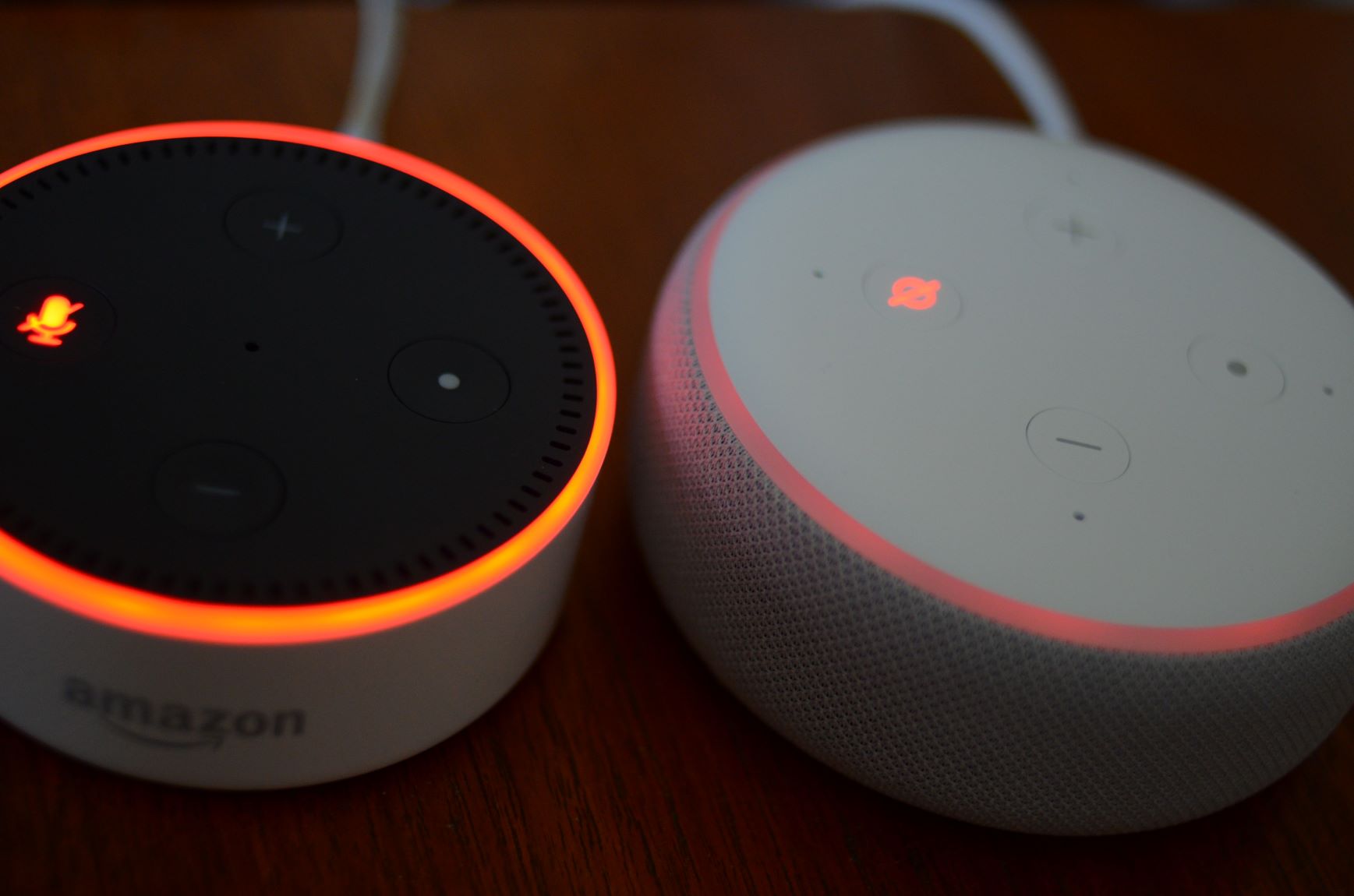
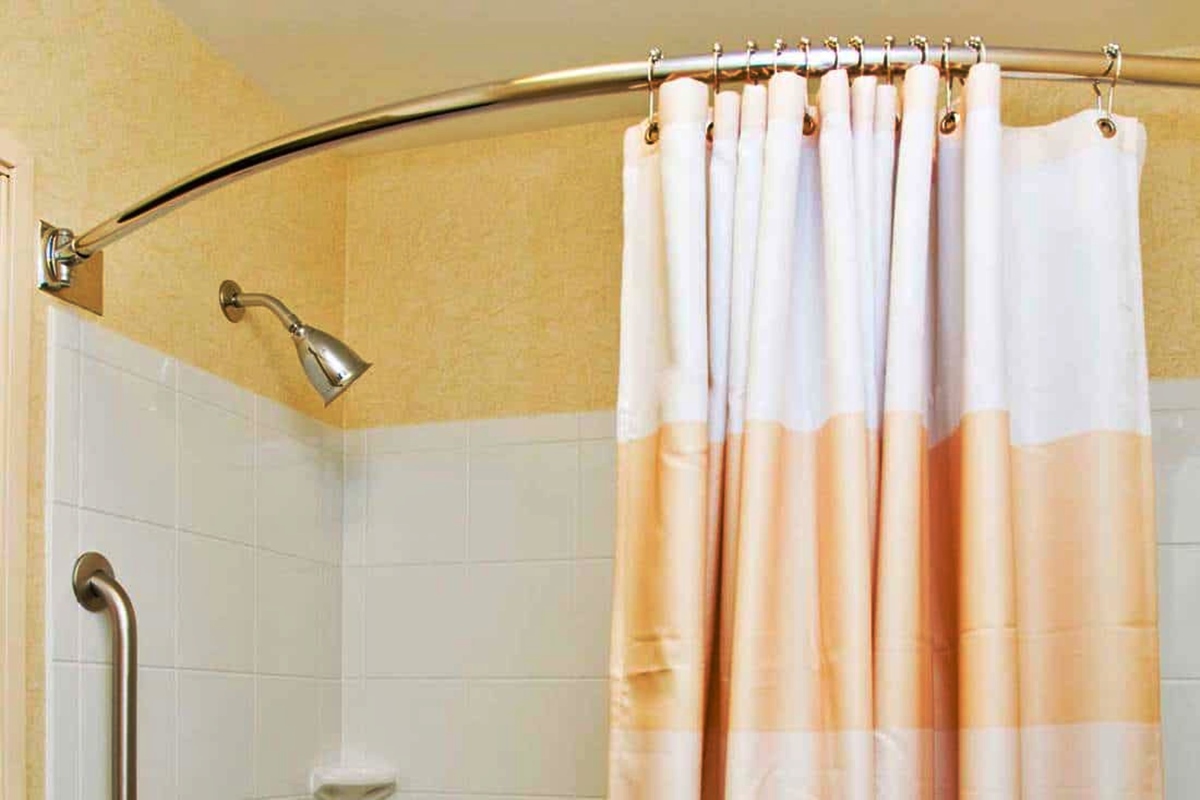
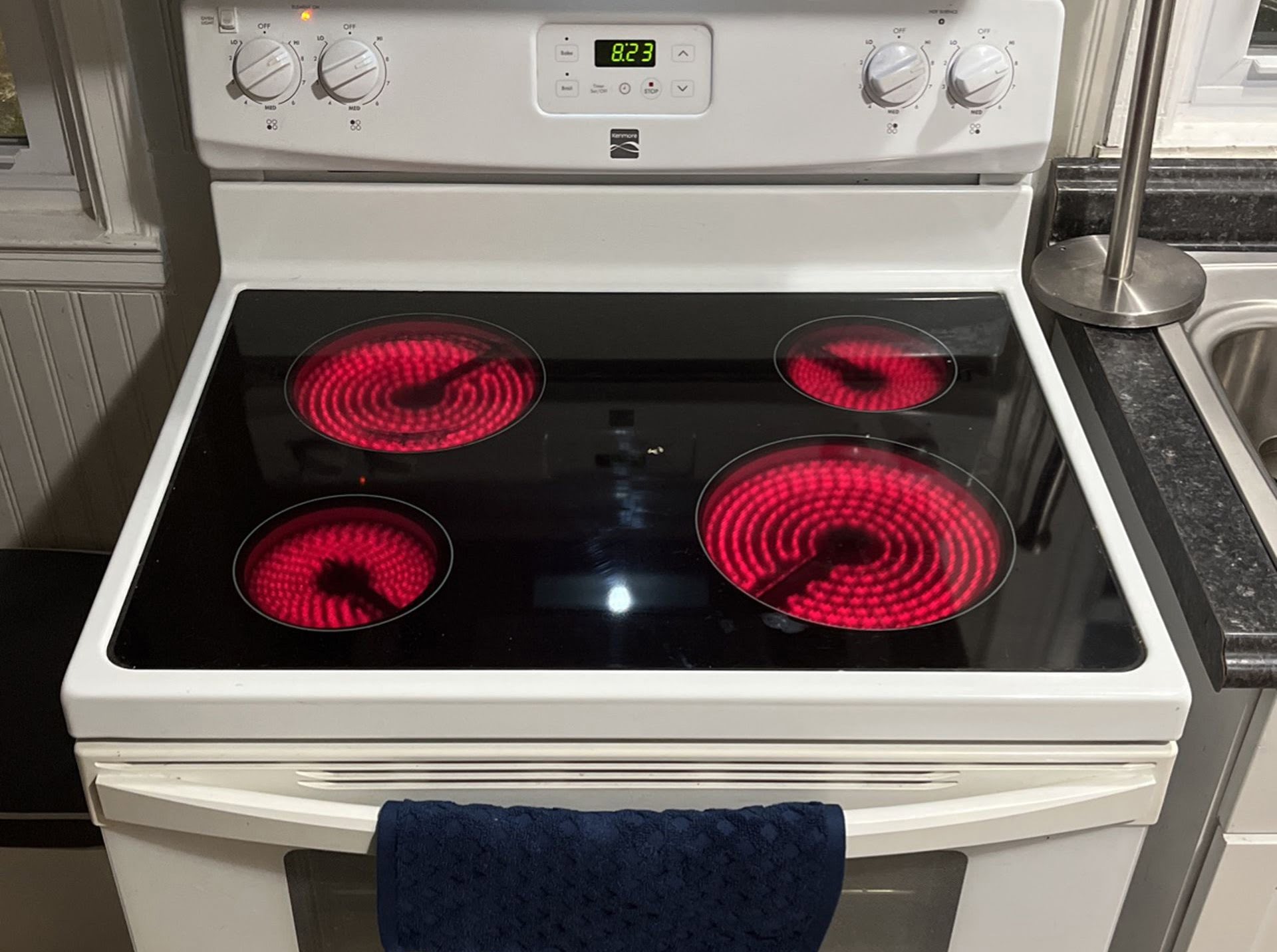
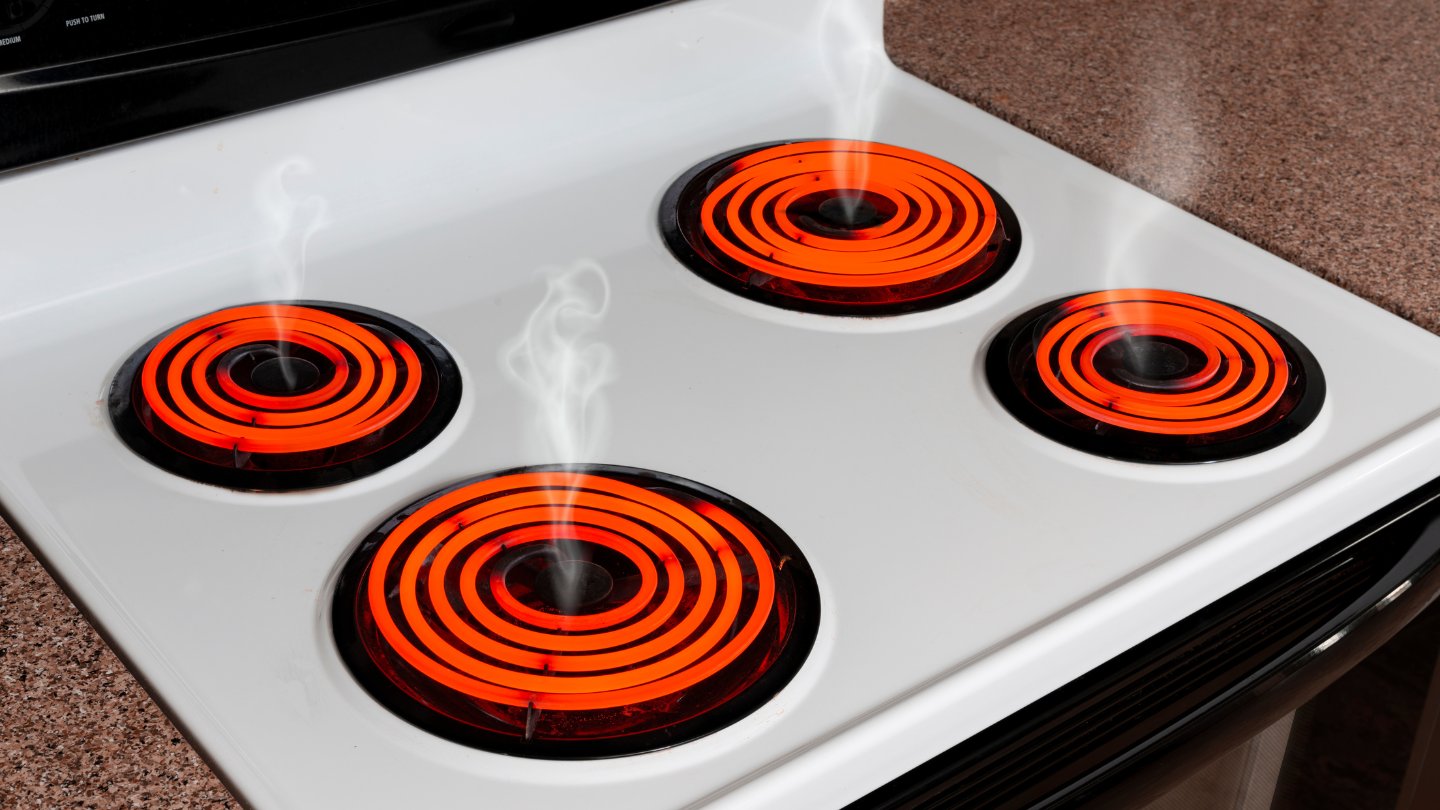
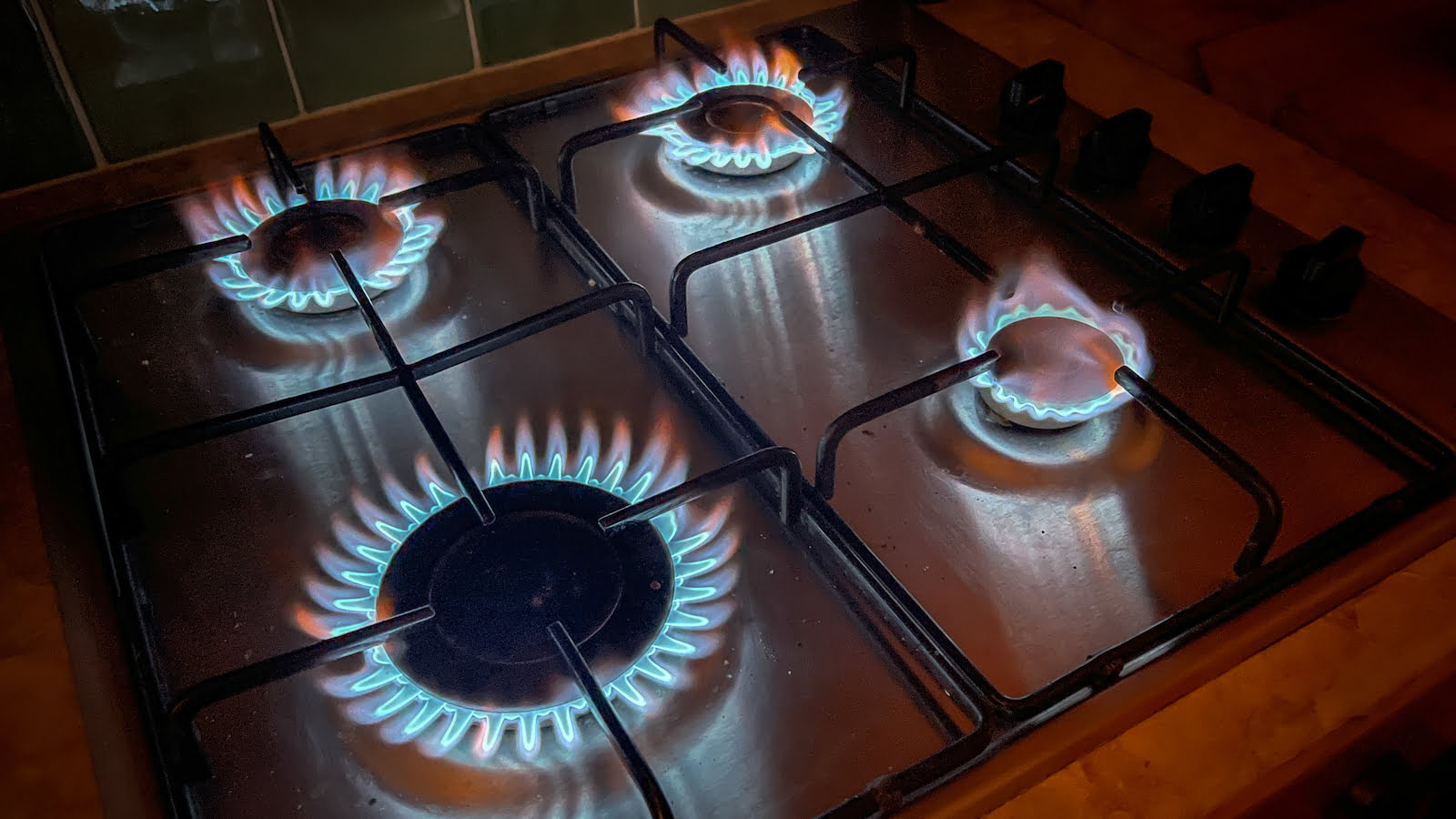


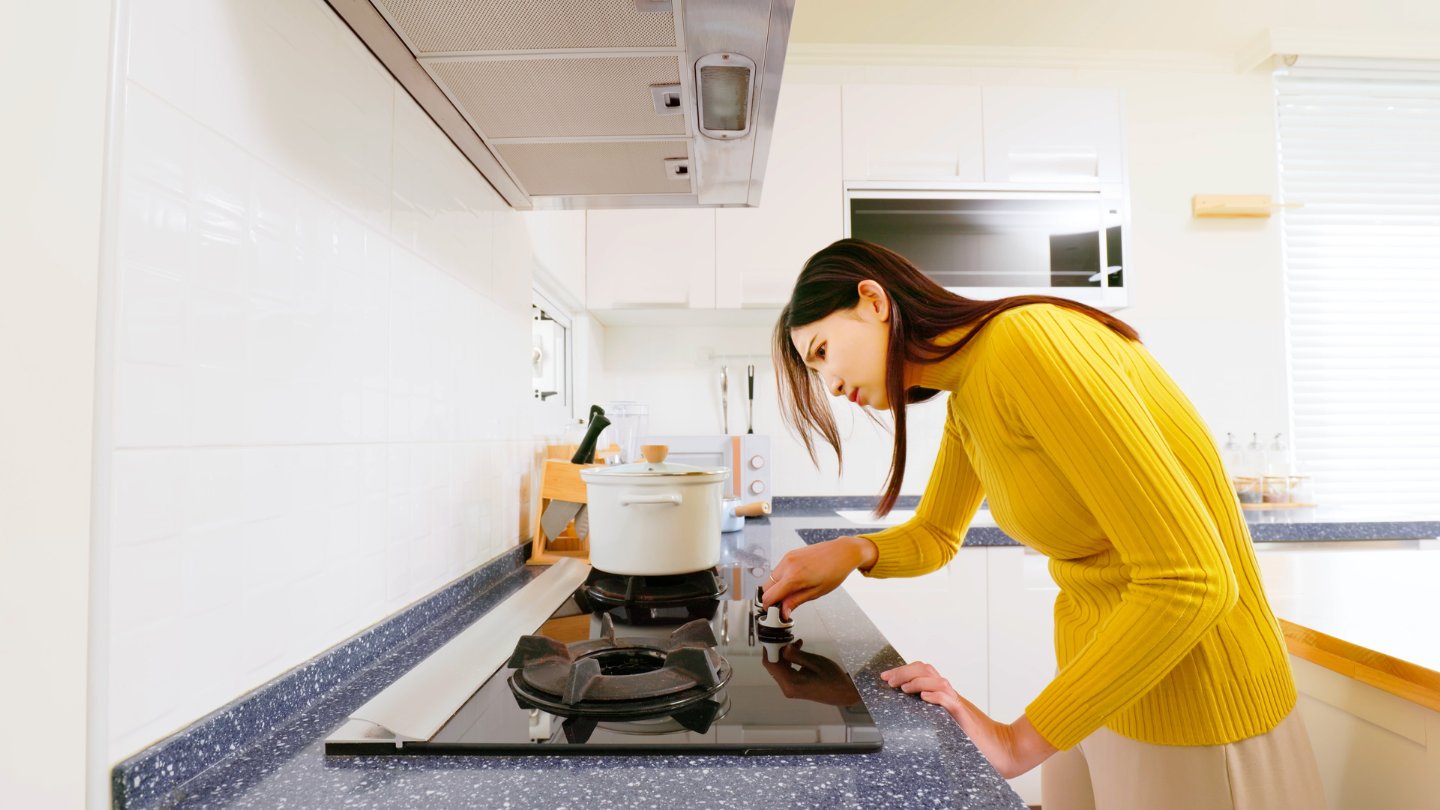
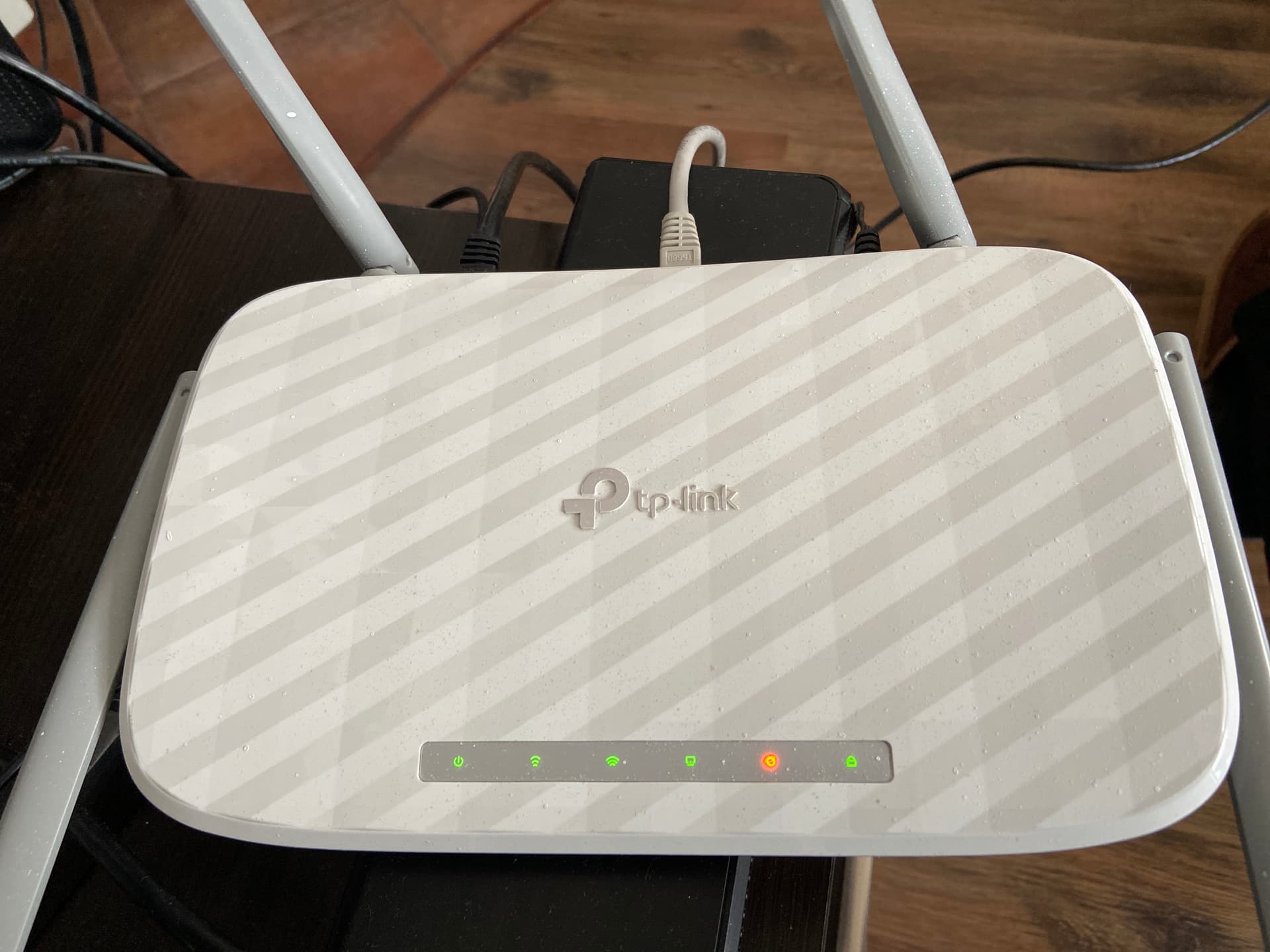
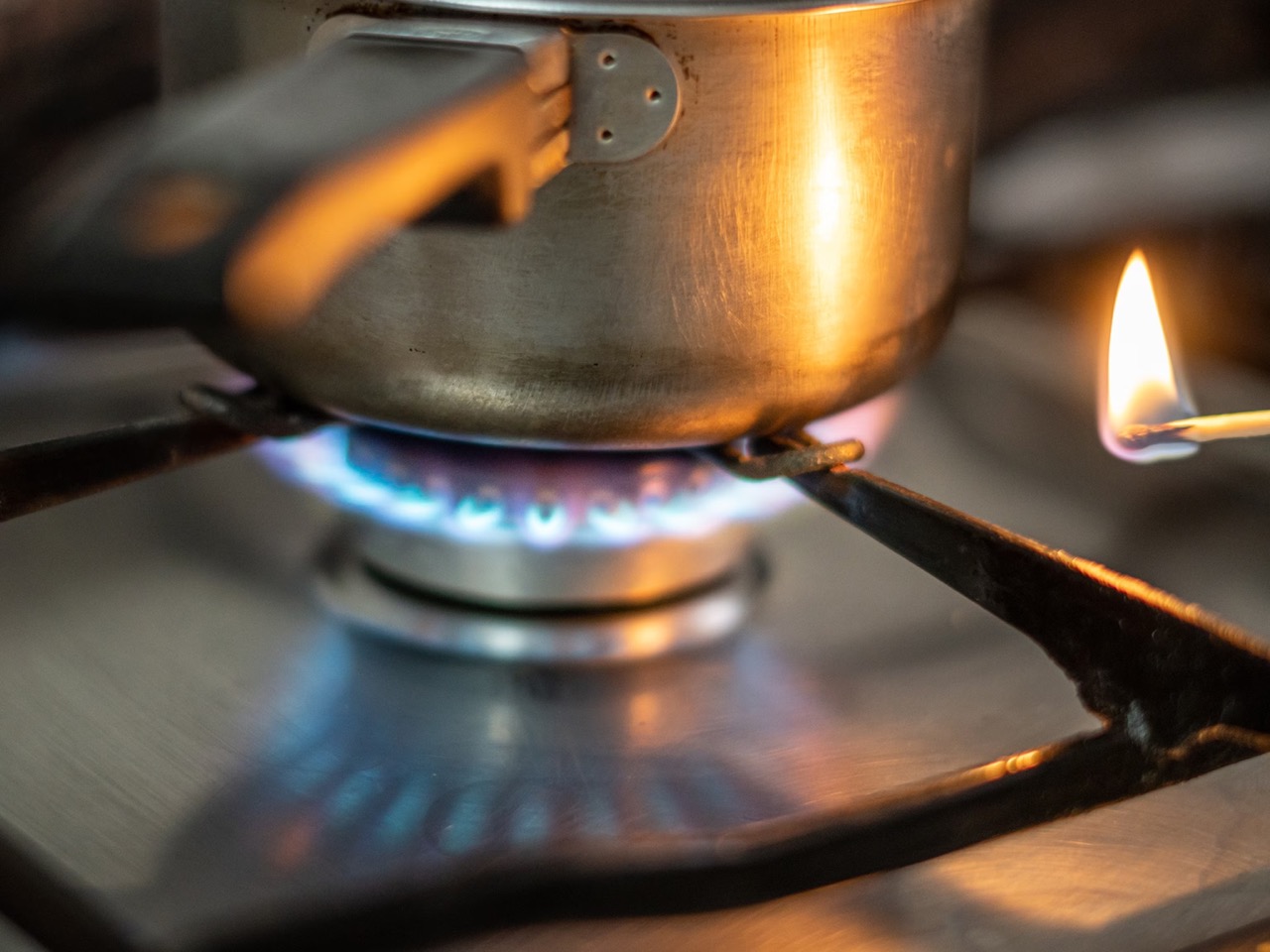
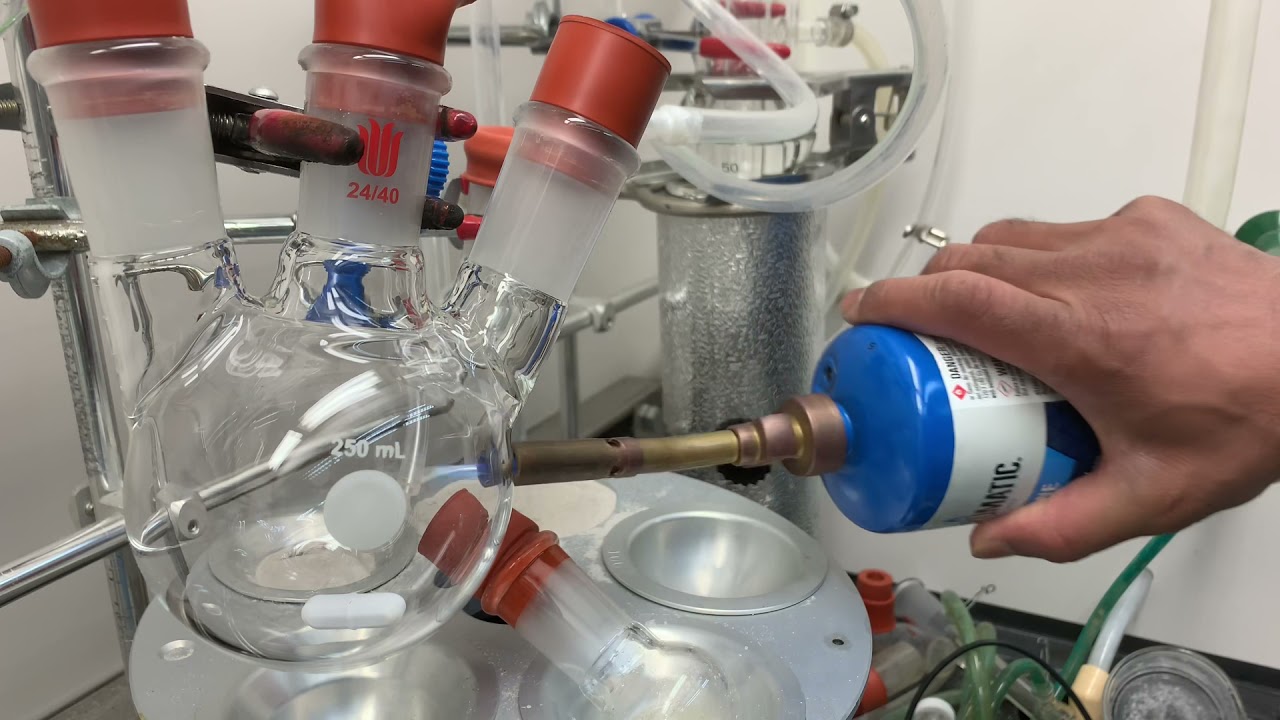
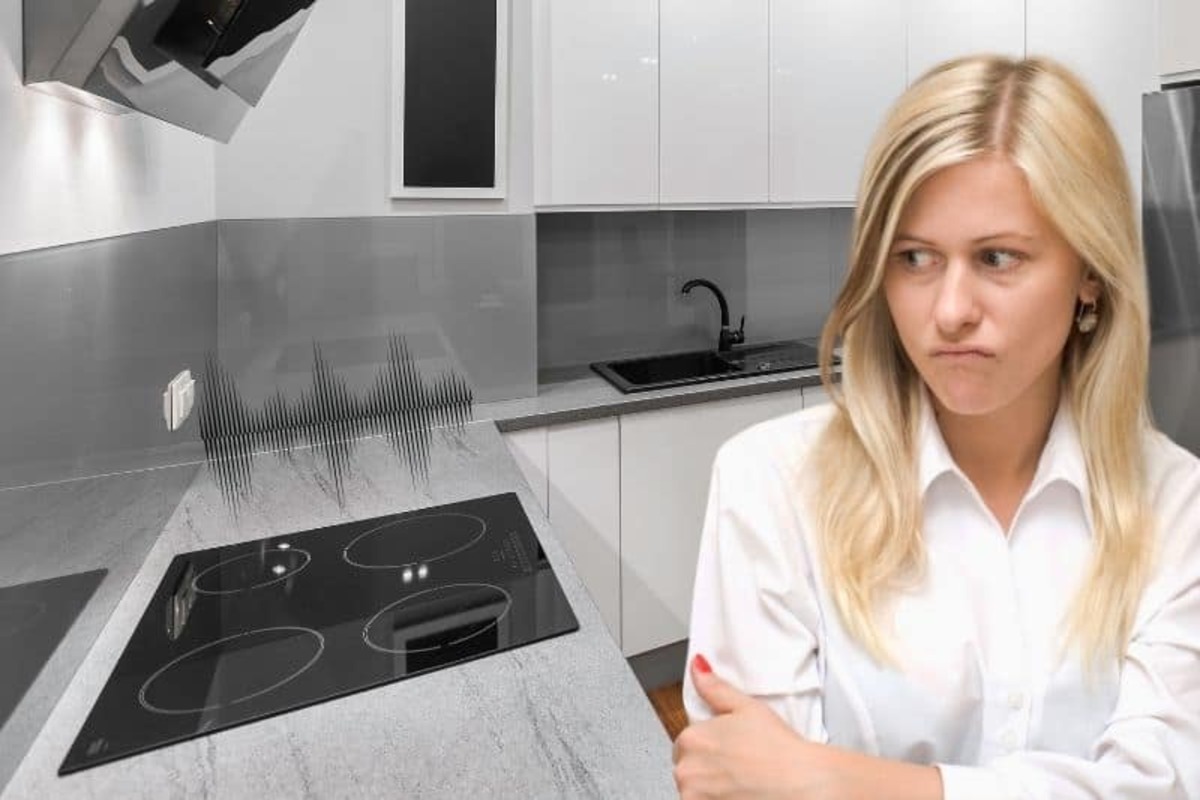
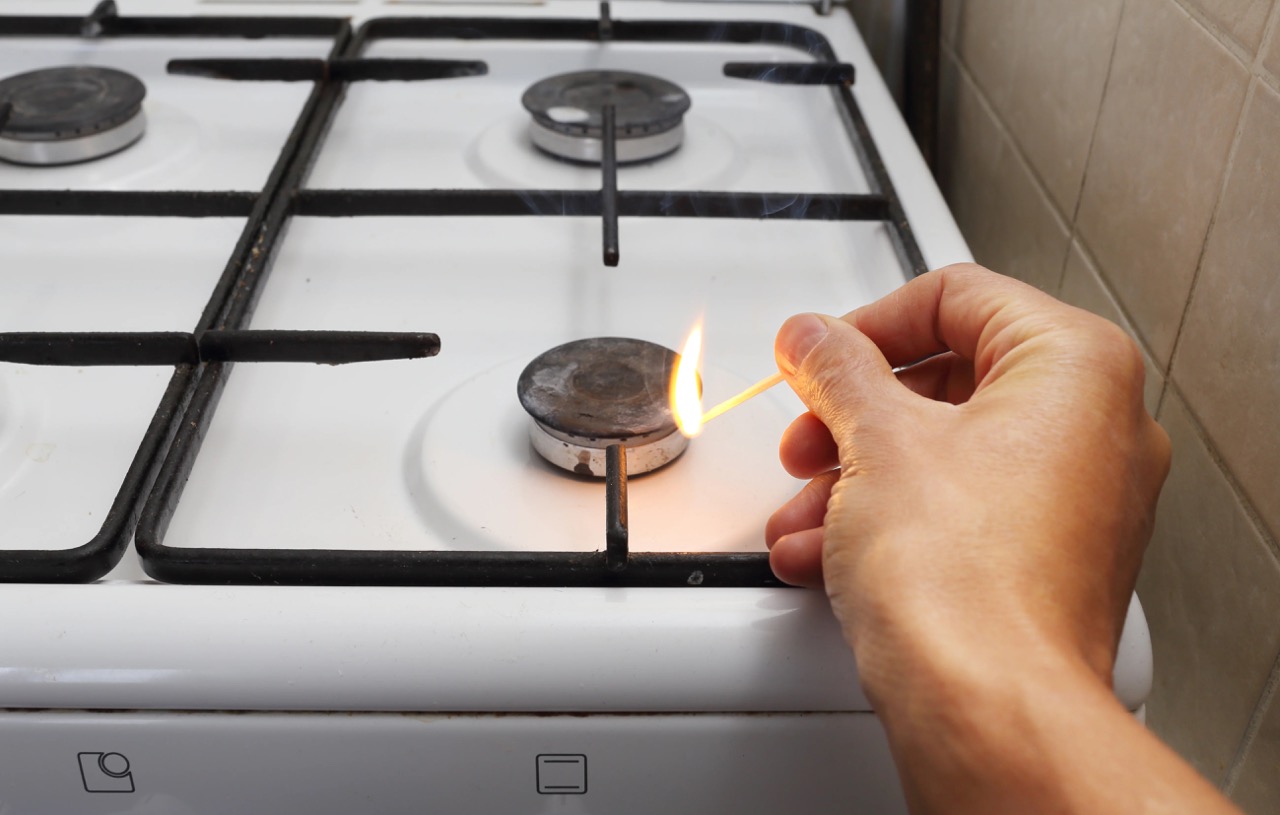
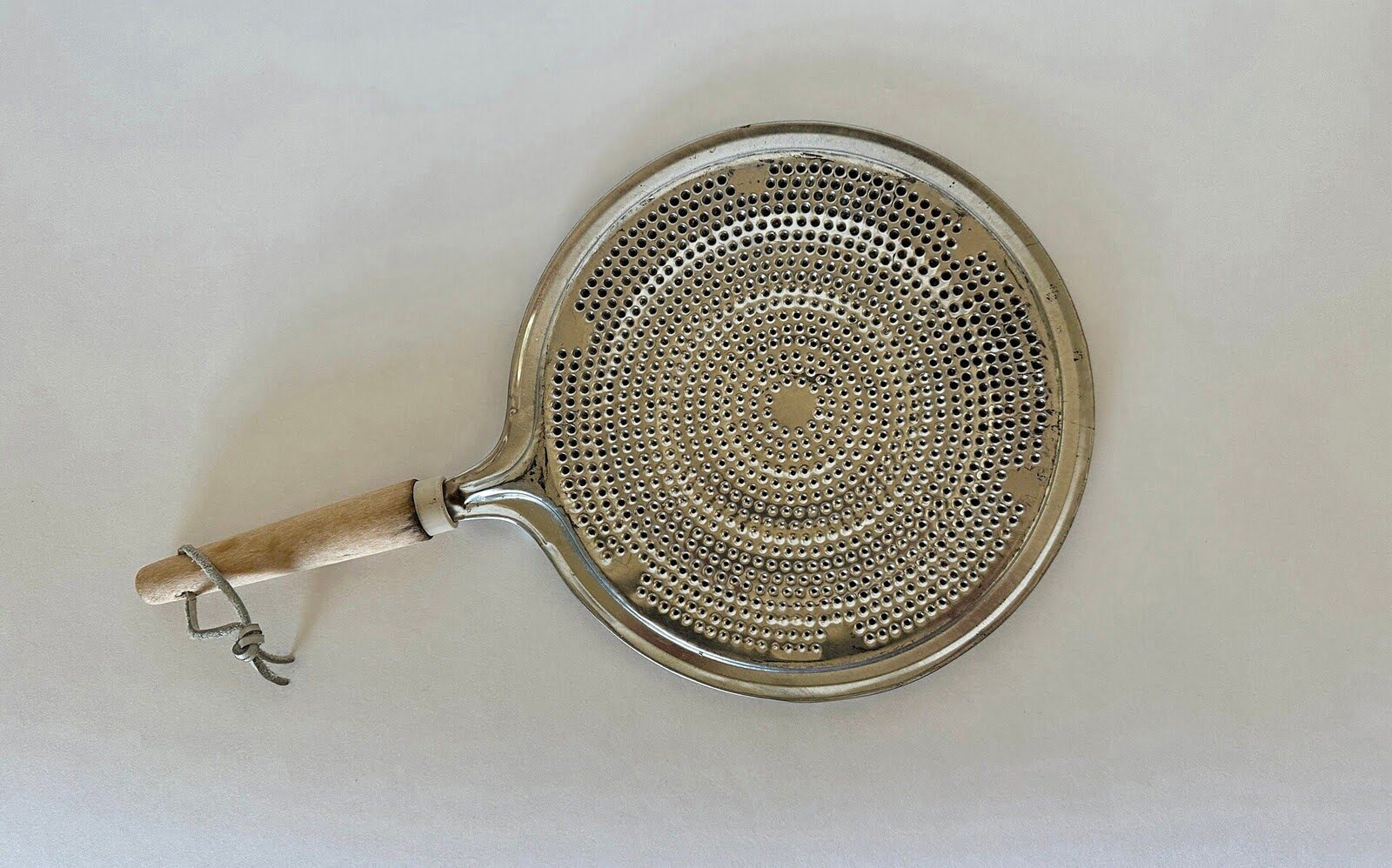

0 thoughts on “Why Is My Stove Top Flame Orange”